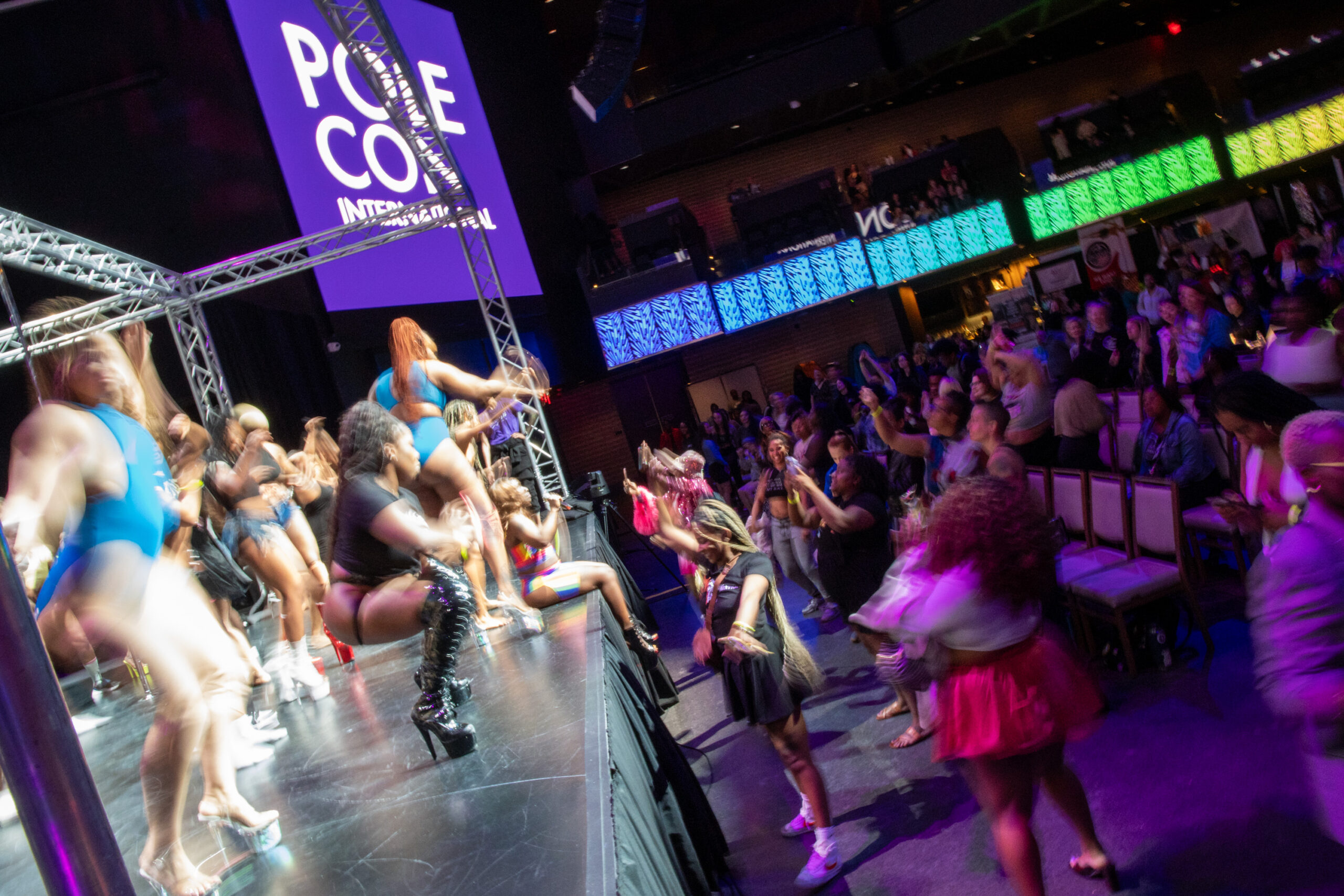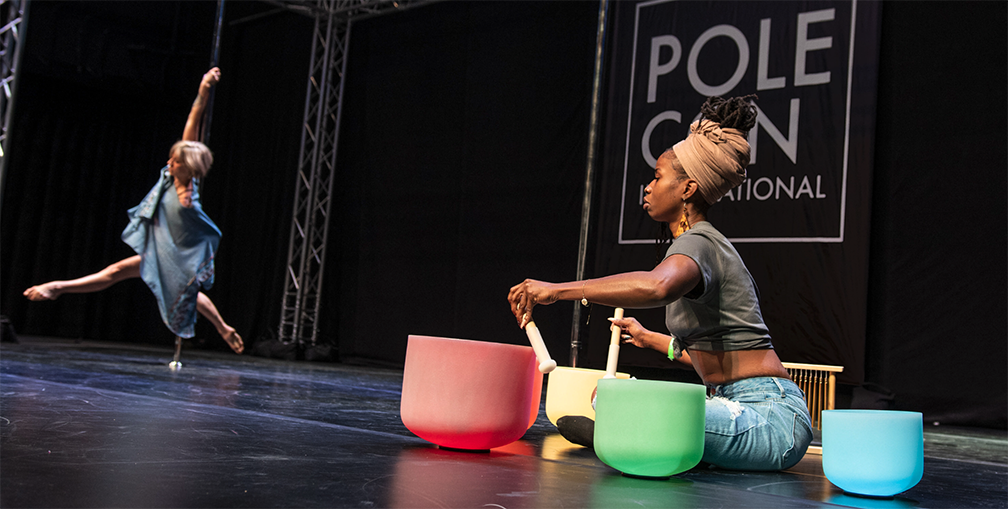Thank you to everyone who took our survey! We read every response. <3 *this is…

The challenging intersection of teaching safely and making money as a pole dance instructor
Many students come to pole dancing as adults and that offers a unique set of challenges.
Setting up the challenge
These adults have layers of movement compensation and sometimes unsaid expectations about their current movement patterns and future movement goals.
Maybe they come to pole to “feel sexy”—whatever that means to them. Or to get —“a good workout”—whatever that means to them.
Some enter typical pole dance classes after participating in a pole party, visiting a strip club, or seeing a pole dancer perform on social media or on TV.
The older most people are when they start, typically the more movement habits they must unlearn. Perhaps they’ve been hunched over their desk for years (or decades). Maybe they were active once and life happened, making movement less of a priority. Or maybe they never had a movement practice as all.
Regardless of all these details, a surprising amount of people show up at pole classes with lots of hopes and very few skills.
And we welcome them! Because pole can be awesome and challenging and fun, and all sorts of amazing things and more people should try it.
BUT—it can also be hard.
It can challenge bodies in unexpected ways causing injury or pain. It can unearth emotional trauma. It can force us to address our own feelings about body image in sometimes jarring ways that are not often experienced in other movement or group fitness classes.
Addressing the core of the issue
Paying adults often want a “win.” They want to have a positive experience—they’re paying you for that after all.
So, with all these challenges, how do you provide wins for paying customers in a group fitness class structure of 10-20 people whose expectations and existing movement challenges all vary wildly on an apparatus no one has experience in?
The short answer is—sometimes you don’t.
You can’t control what makes someone “feel sexy.” That feeling is individually experienced or not depending on the person.
You can’t clarify everyone’s expectations of what they can expect to learn or achieve in a class. You could write the best class description in the world and still folks will interpret things the way they want or show up for classes they are not physically (emotionally or mentally) prepared for.
And you can’t provide enough feedback in a warm-up to address the needs of everyone’s body all the time for a particular skill to “guarantee” they’ll get that skill on the very first try.
Why this is a problem
Even though it can be impossible to guarantee wins, a lot of teachers still try to.
Why? Because we want to keep our students happy AND we all need to make money. Studios need clients to keep coming back. Instructors need to keep filling classes.
The challenges of trying to provide these wins can lead to teachers rushing students through skills. Providing heavy spots or pushing body parts into convoluted shapes the student couldn’t possibly achieve on their own.
Providing wins can also be working outside your scope of practice if you fear you’re going to lose a student that you can no longer serve.
Rushing through movements, pushing students past their limits, and trying to meet impossible expectations (said or unsaid) will absolutely make you lose customers even when you are desperately trying not to.
What can you do?
Take a deep breath. Know that you or your studio can’t and shouldn’t serve every student.
Be very clear in your class descriptions and other marketing on what you teach, how you teach, and who you teach.
Understand your scope of practice and develop a network of other wellness or movement practitioners that you could pool resources and share clients or students with. This can be formal through a referral or affiliate program or informal.
Consider conducting assessments or “tests” for students to pass levels or even before starting at all to educate yourself, your teachers, and your students on possible movement challenges.
Stop offering drop-in classes and only offer session-based classes. This gives your students time and space to learn safely while giving you more guaranteed income.
Are these the only issues and answers to this difficult intersection of teaching pole while making a living? No. Is there more at work here than just “making money”? Absolutely! Money is always more than “dollars and cents” and can include lots of emotions for the people spending the money and making the money.
As an instructor or studio owner, start looking at what you are doing. Are you clear about your offering? Are you charging an appropriate rate (see the Pole Industry Financial Survey for information about what other studios/instructors charge), so you don’t have to worry (as much) about every dollar? Staying in a fear-based mode doesn’t serve you or your students. Exploring these feelings and understanding what you’re doing is the first step to making this challenging intersection less challenging.
Latest posts by Colleen (see all)
- PoleCon 2025 Updates from the Survey - June 20, 2025
- PoleCon Hub Page: MORE Black Voices - June 13, 2025
- PoleCon 2025: Recap - June 4, 2025


